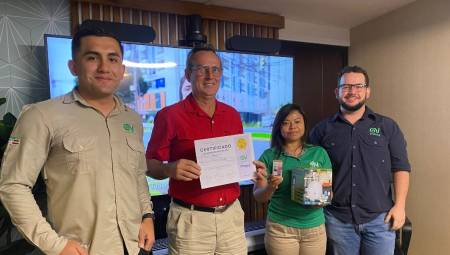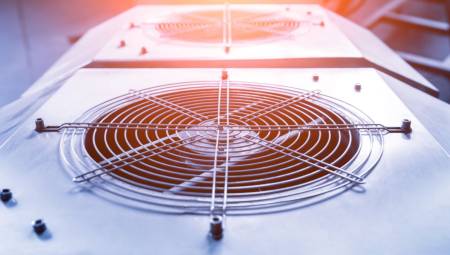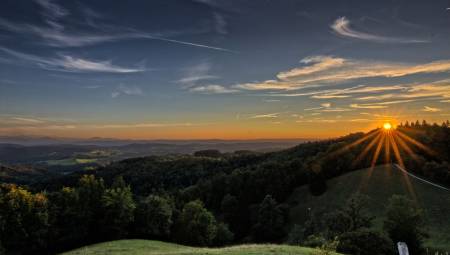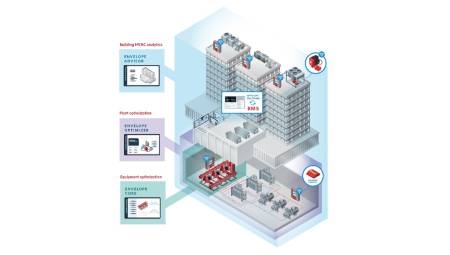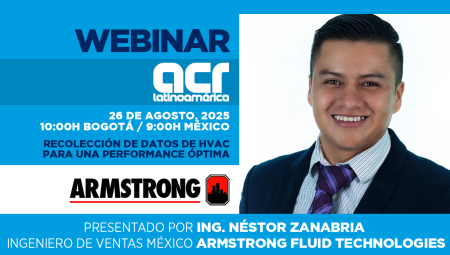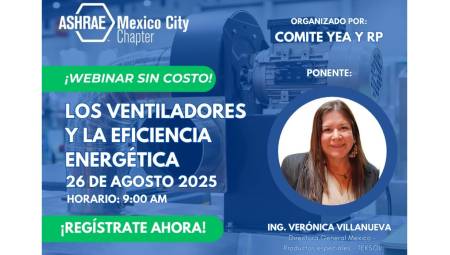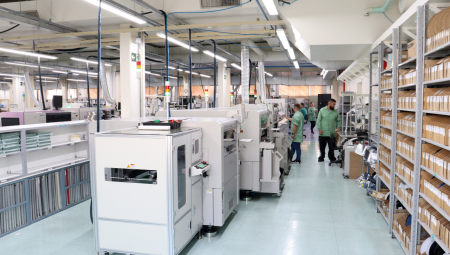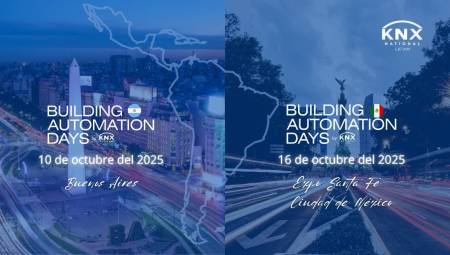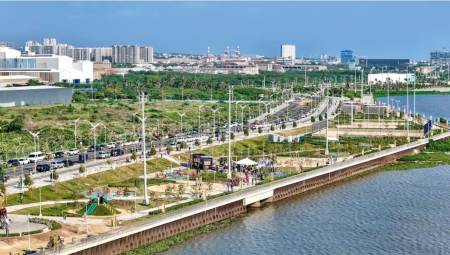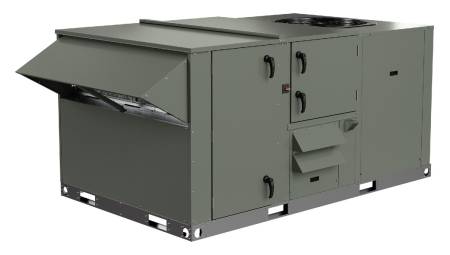by Eurammon
"Carbon dioxide has been used as a refrigerant since the nineteenth century, and temporarily ceased to be so when synthetic refrigerants were created in the 50s," explains Franz Kaltenbrunner, member of the Executive Board of eurammon, the European initiative for Natural Refrigerants.
"It was only rediscovered in the early '90s, when researchers and people working in the refrigeration industry realized that, given the current environmental and energy situation, carbon dioxide is, in fact, an ideal refrigerant." Carbon dioxide does not contribute to the destruction of the ozone layer and, with a reference value of 1, has a low direct global warming potential.
In comparison, synthetic refrigerants can have a global warming effect of up to 10,000 times that of carbon dioxide. This is a colorless gas that can be liquefied under pressure and has a slightly acidic smell or taste. It is neither toxic nor flammable; it is chemically inert and heavier than air.
Supermarket refrigeration. The environmentally friendly method
Since it was rediscovered, intensive developments and research have led to carbon dioxide now being practical for use in many different applications. A promising field of application is supermarket refrigeration, where HFCs still predominate. The Danish supermarket chain Super Best, has installed a waterfall system based on carbon dioxide, at its headquarters in Copenhagen.
In Denmark, the use of more than 10 kilograms of fluorinated gases (fluorine gases) in newly installed systems has been prohibited by law since 2007. Therefore, refrigeration specialist Knudsen Køling designed a cooling system that uses two cooling circuits linked by a plate heat exchanger. This allows three different temperature levels to be reached, two of which are used for cooling and the other is used for heat dissipation.
The first temperature level is necessary in frozen food cabins and high-freezing chambers in the hold. At an evaporation temperature of -28°C, carbon dioxide is used to maintain an ambient temperature of -20°C. The second temperature level is used for refrigerators and cold stores that require an air temperature of a few degrees above 0°C. This is achieved by supplying the evaporators with carbon dioxide at an evaporation temperature of -10°C. The third level (the highest), ensures reliable heat dissipation through condensation or cooling of the gas, depending on the ambient temperature. Generally, the cascade system has a cooling capacity of 150 kilowatts. {mospagebreak}
Güntner components are used for the different temperature levels generated by the system and the cold stores are adjusted with the evaporators. Heat dissipation makes it possible for an evaporator to function as a gas cooler at elevated ambient temperatures and hypercritical processing. To ensure the operational safety of the system, even at pressures of approximately 120 bar, Güntner used 0.7 mm thick stainless steel for the gas cooler and the entire pipe network. Thanks to its low-noise design, the gas chiller can even be used in sites with very high noise control requirements, that is, in residential areas.
The injection into the evaporators and the cooling unit are controlled by Danfoss' electrical components. Eleven of these combined cooling systems between normal and high freezing are currently installed throughout Europe; similarly, 100 high-freezing systems are in use in supermarkets.
Protecting servers from overheating
The system is composed of two compact pumping and heat exchange units, the heat exchanger uses cold water to condense the carbon dioxide gas that has been evaporated into a heat exchanger mounted on the back of the blade server cabins.
A stainless steel piping system connects the carbon dioxide circuit to 15 cooling units. These cooling units have five independent activation fans, which extract heat from the cabins. The frozen water circuit, at 6º C, condenses the carbon dioxide, which is pumped out of the server cabins through centrifugal pumps, evaporates and is returned to the condenser to start the process again, all at a constant saturated temperature of 14º C. Carbon dioxide is ideal as a refrigerant for this application, because it is an electrical insulator and is therefore totally safe and compared to a water cooling system, the operator achieves an energy saving of about 30%.
The concentration of carbon dioxide in the booths and the server room are continuously monitored. The entire system has a cooling capacity of 300 kilowatts (20 kilowatts per cooling unit). This high cooling capacity makes it possible to have more servers than normal in each cabin, thus reducing the space required by more than half.
Trox AITCS and Star Refrigeration have installed similar systems for JP Morgan, Barclays Bank, Norwich Union and Imperial College London. The most recent development in this application of carbon dioxide, as a volatile secondary refrigerant, is for the close control of office cooling, on the commercial floors of investment banks. {mospagebreak}
Alternatives for air conditioning units
"Thanks to its excellent qualities as a refrigerant, carbon dioxide is being used for more and more applications," says Franz Kaltenbrunner of eurammon. "It has become an essential issue in research laboratories and its potential to be used in production, in vehicular air conditioning systems is under discussion, just to mention one example. This is partly due to new European legislation that increasingly restricts the use of fluorine gases and forces manufacturers to take appropriate action.
At the end of July, German car manufacturers, for example, agreed to halt the development of new chemical refrigerants, which is an important step in the search for air conditioning and cooling technology that is more sustainable.
eurammon is a joint European initiative of companies, institutions and individuals promoting greater use of natural refrigerants. As a source of knowledge for the use of natural refrigerants in refrigeration engineering, this initiative considers it its obligation to create a platform for sharing information and for promoting public awareness. The aim is to promote the use of natural refrigerants in pursuit of a healthy environment and thus to promote a sustainable method in refrigeration engineering. For more information go to: www.eurammon.com


